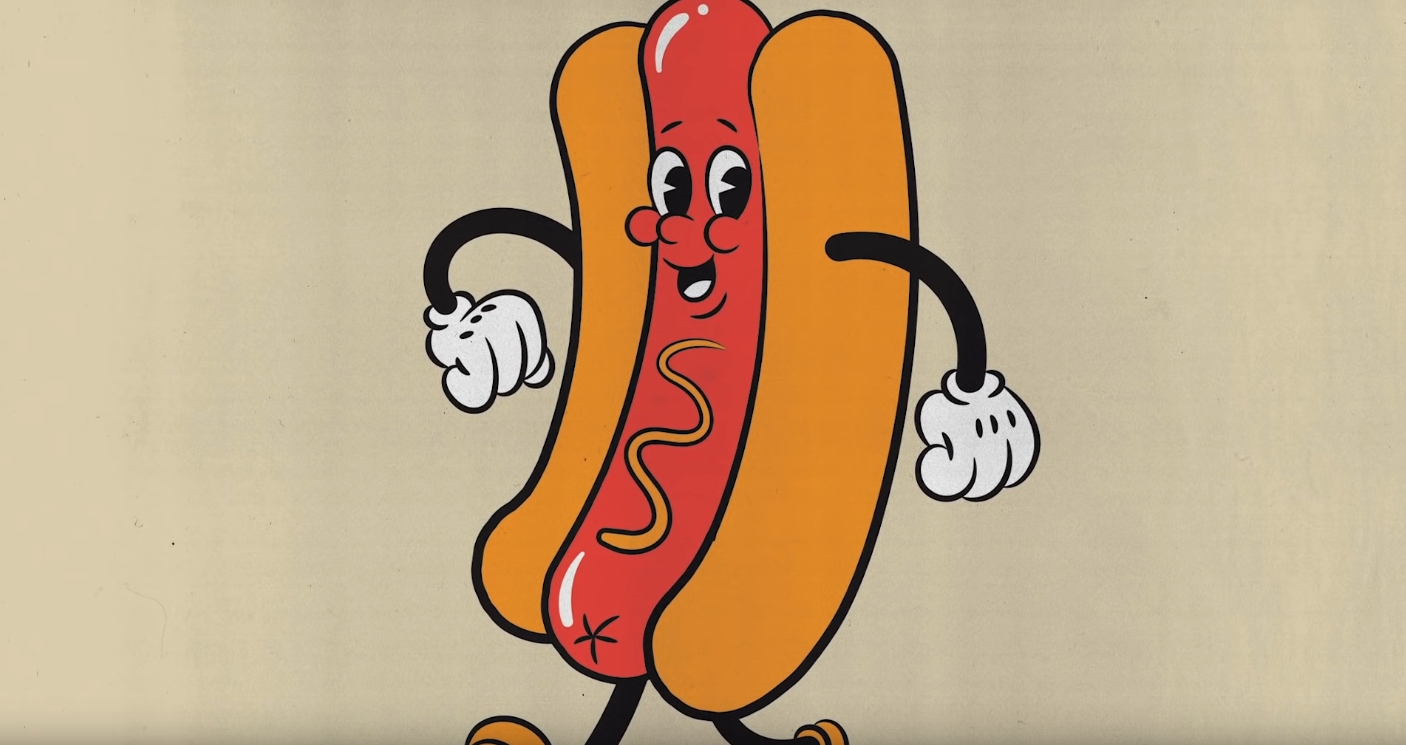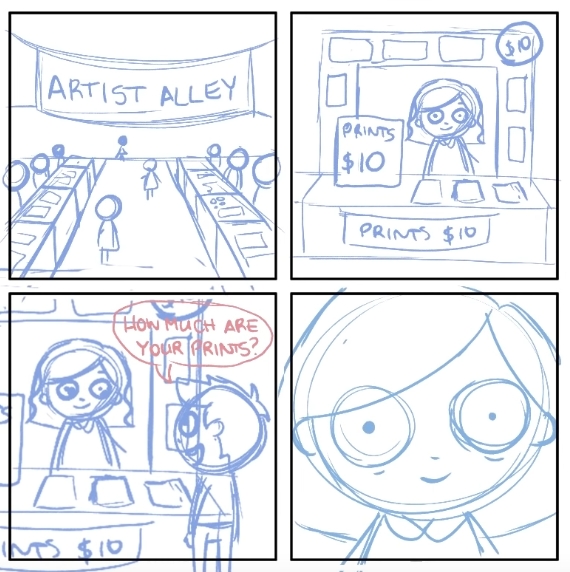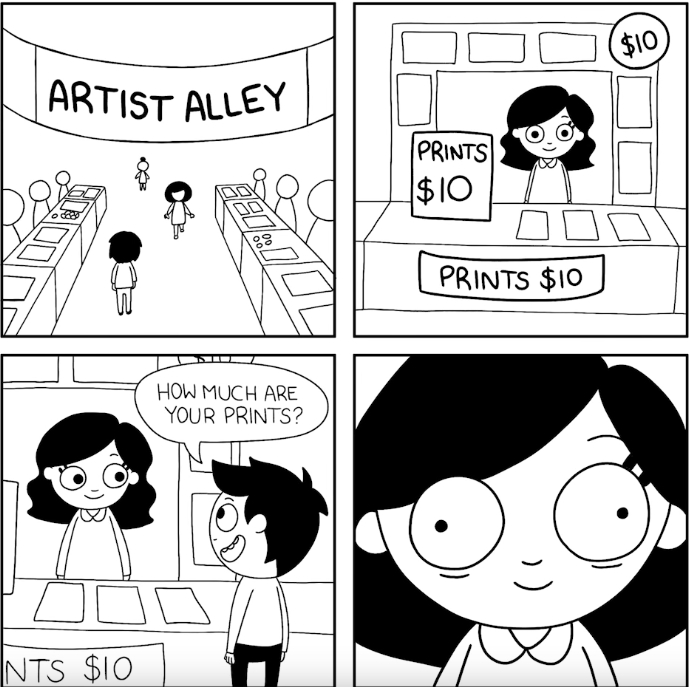Drawing a comic strip is much more than just an exercise in artistic expression or a quest to bring a brilliant idea to life. To craft a truly impactful comic strip, one must consider several important factors that go beyond just drawing skills or the storyline itself. In this article, we’ll delve into a comprehensive, yet simple and straightforward guide to creating a comic strip that stands out in terms of both substance and style.

Defining a Comic Strip
It’s essential to understand that a comic strip is not meant to be a complex narrative, but rather a series of vignettes that tell a story through imagery. The comic strip should be self-explanatory and not require any additional context or explanation beyond what is depicted in each frame. For instance, consider the following example:
Without any additional information, it’s clear that the story progresses from left to right and top to bottom. It’s crucial to maintain this order to avoid confusing the reader and keep them engaged.
Simplicity is key when creating a comic strip, and sometimes, less is more. Omitting intricate backgrounds and opting for flat ink or subtle gradients can help make the characters stand out and give the strip a more visually appealing and uncluttered look.

Brainstorming and Planning
The first step in creating a comic strip is to brainstorm and plan. Find a comfortable place to sit, and jot down any ideas that come to mind. Take your time and don’t rush this process. Ask yourself questions like:
- What message do I want to convey?
- What characters do I need?
- How many frames do I need?
- Do I want it in color or black and white?
While the last question may not be as significant as the others, it’s still worth considering.
Boarding
Once you have a clear idea of what you want to achieve, it’s time to rough out the frames and determine the placement of your characters and elements. Make sure to leave enough space to include text or other necessary elements later on. Remember that these boxes will only serve to create expressions, sounds, balloons, or actions.
Character Creation
The next step is to bring your characters to life by fleshing out their personalities and expressions. Keep in mind that comic strip characters are static figures living in a particular moment, so the gesture and intentionality conveyed through their body language is crucial.
Onomatopoeias
No comic strip would be complete without the classic “BOOM,” “POW,” or “OUCH” sound effects. Onomatopoeias play a crucial role in comic strips, sometimes even more so than the text itself. They serve as a graphic representation of sound through writing and can take up an entire frame or just a small label within the text.
Balloons and Text
Speech bubbles or balloons are where the text will appear. The text can come from several sources, such as:
- The narrator or an entity describing the scene from the outside
- The conscious character speaking
- The character’s subconscious thoughts
- An out-of-field character who is known to the reader but not present in the scene
The shape of the balloon will vary depending on the source of the text, with the tail pointing to the speaker.

Digitizing and Coloring
The final steps of digitizing and coloring are optional and depend on the artist’s preference. While adding color is subjective and a matter of personal taste, digitizing is highly recommended as a backup before the original. Having a digital copy will allow you to share your work and reach a wider audience through the network.
Conclusion
In conclusion, creating a comic strip involves much more than just artistic talent or a great idea. It requires careful planning, attention to detail, and a balanced approach to both complexity and variation in sentence structure. By following these steps and keeping the guidelines in mind, you can craft a comic strip that is both memorable and impactful.
We hope this guide has been helpful in addressing any questions or doubts you may have had about creating a comic strip. If you have any further questions or advice to share with other readers, don’t hesitate to do so!